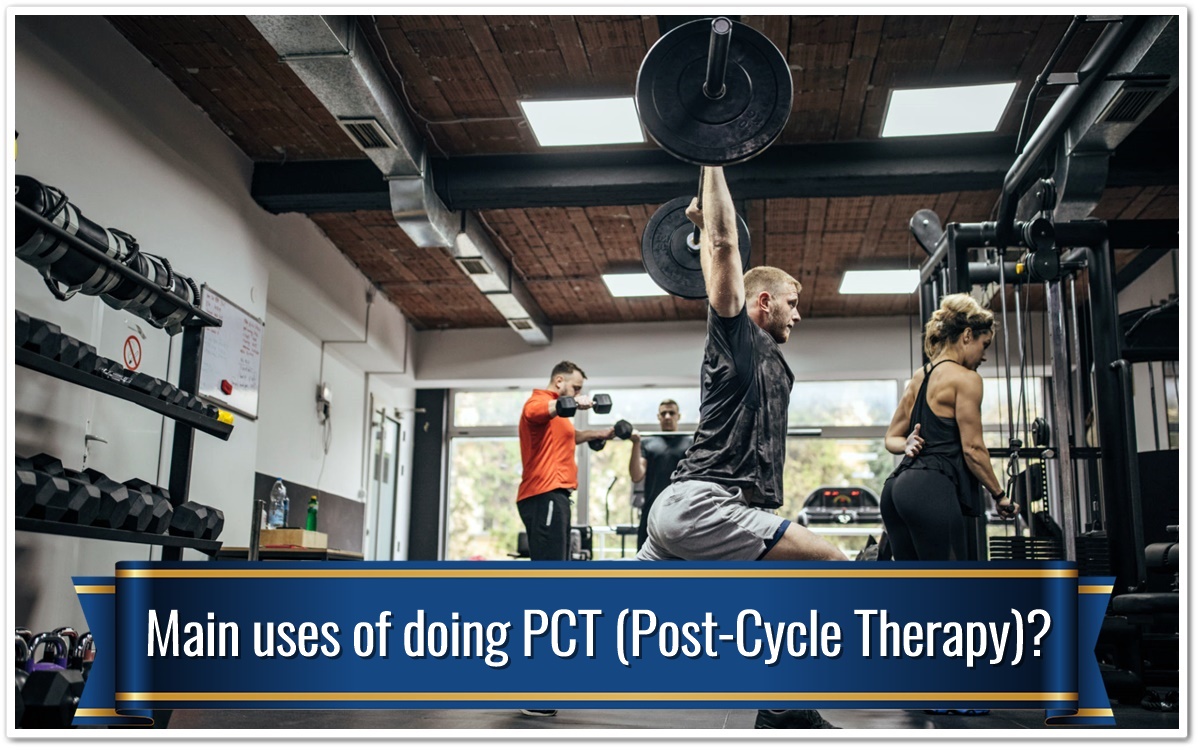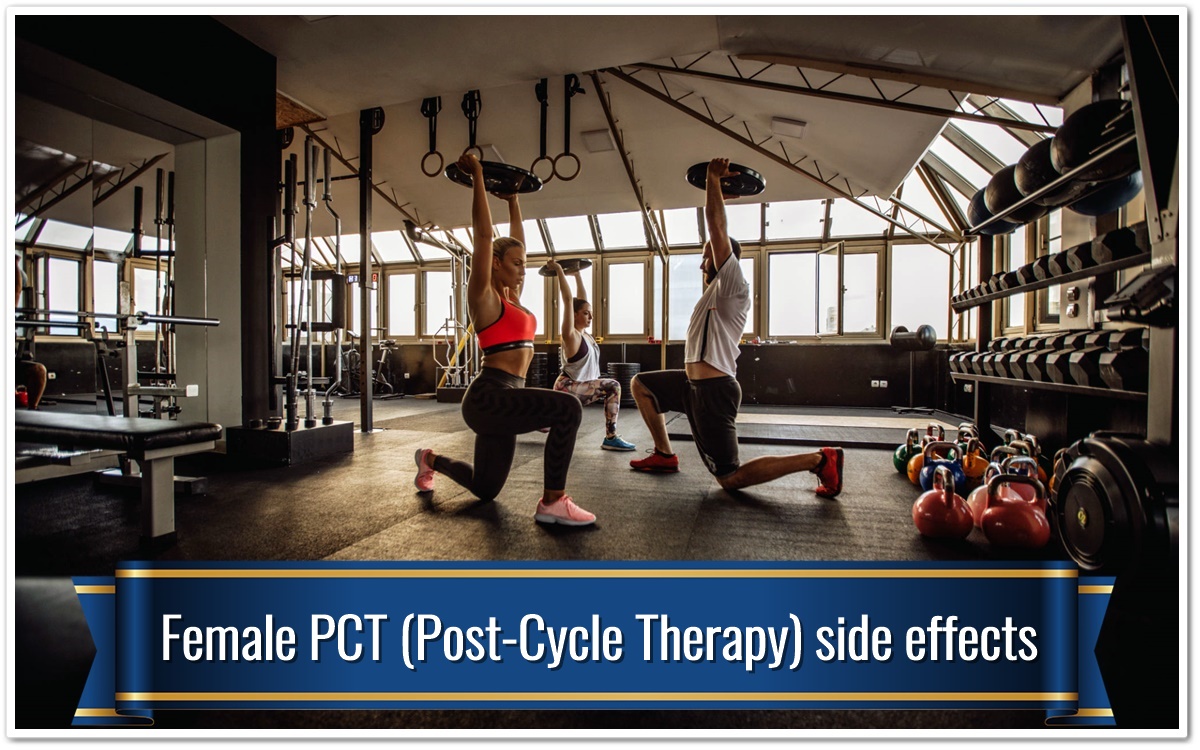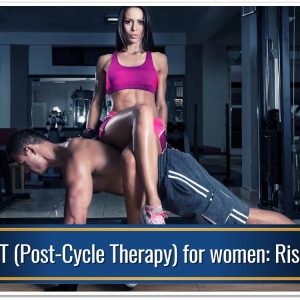Defining what PCT (Post-Cycle Therapy) is
In the world of bodybuilding, there are a lot of acronyms and abbreviations that can be confusing for someone new to the sport. PCT is one of those terms. It stands for “post-cycle therapy” and is a protocol used by bodybuilders who have just completed a cycle of steroids. PCT is a method of treating the side effects that can occur after a person stops taking steroids. The goal of PCT is to restore the body’s natural hormone levels and prevent the side effects of steroid use.
the winstrol 50 in sydney most common drugs used in PCT are clomiphene citrate and tamoxifen citrate. These drugs help to restore the body’s natural production of testosterone and prevent the side effects of estrogen buildup.
PCT can be an effective way to treat the side effects of steroid use. However, it is important to remember that PCT is not a cure for steroid use.
PCT is important because it helps the bodybuilder’s body recover from the stresses of the steroid cycle and start producing testosterone again on its own. Without PCT, the bodybuilder would likely experience side effects such as fatigue, liothyronine sodium loss of muscle mass, and decreased libido.
PCT typically lasts 4-6 weeks and involves taking certain drugs or supplements to help promote testosterone production. The exact protocol will vary depending on the individual, but it is generally recommended that bodybuilders start their PCT 2-3 weeks after their last steroid injection.
Post-cycle therapy is a method of restoring your body’s natural hormone levels after completing a cycle of anabolic steroids.
It’s important to note that PCT is not just for people who are looking to gain muscle mass – it’s also crucial for people who are coming off of hormonal birth control, as well as those who are going through menopause.
There are a variety of different ways to go about PCT, but the most common method is to take a break from all forms of steroid use for 4-6 weeks and then gradually reintroduce your body to testosterone through injections or gels.
Main uses of doing PCT (Post-Cycle Therapy)?

PCT, or post-cycle therapy, is a treatment regimen typically used by bodybuilders and other athletes who have engaged in steroid cycles. PCT is designed to help the body recover from the effects of steroids, restore natural hormone levels, and avoid the potentially negative consequences of abruptly stopping steroid use.
The main use of PCT is to help the body recover from the suppressive effects of steroids on natural hormone production. Steroids can cause a significant decrease in testosterone production, which can lead to a number of undesirable side effects such as fatigue, loss of muscle mass, and decreased libido. PCT helps to restore normal hormone levels and prevent these side effects.
Another common use for PCT is to prevent or mitigate the side effects associated with abruptly stopping steroid use.
For athletes who use anabolic steroids, post-cycle therapy (PCT) is an essential part of their regime. PCT helps the body to recover from the stresses of steroid use and prevent the negative side effects that can come with it.
There are a few different ways to do PCT, but the most common approach is to use a combination of drugs that will stimulate the production of natural testosterone and help to reduce inflammation. The drugs that are most commonly used for PCT are clomiphene citrate, tamoxifen citrate, and HCG (human chorionic gonadotropin).
PCT can be an effective way to help the body recover from steroid use and prevent some of the negative side effects associated with it.
PCT (Post-Cycle Therapy) for women: Risks
PCT is a crucial part of any anabolic steroid cycle for women. The risks associated with not properly implementing a PCT protocol can be significant.
Without proper PCT, the risk of developing gynecomastia (breast tissue growth in males) is increased. Additionally, not allowing the body to properly recover from a cycle can lead to decreased natural testosterone production, which can have a number of negative side effects such as fatigue, depression, and decreased libido.
Implementing a proper PCT protocol is therefore essential for any woman using anabolic steroids. Doing so will help minimize the risks and allow them to enjoy the benefits of their cycle without fear of long-term side effects.
While PCT is vital for both men and women, there are some key differences to consider when it comes to the fairer sex. For one, women are more likely to experience side effects from PCT drugs like nolvadex and clomid. These can include hot flashes, mood swings, and even depression.
Additionally, because women have less testosterone than men, they may not be able to tolerate the same dosages of PCT drugs. This can make the recovery process after a cycle much harder on women than men.
Finally, it’s important to remember that PCT is not a cure-all for steroid use. If you’re using steroids, you’re still putting your health at risk.
Female PCT (Post-Cycle Therapy) side effects

As women bodybuilders continue to grow in popularity, so does the use of steroids. While steroids can help female bodybuilders achieve their desired results, there are also some negative side effects that come along with them.
Female PCT (Post-Cycle Therapy) side effects are often overlooked. While the benefits of PCT are well known, the potential risks and side effects are often not discussed. This is especially true for women, who may experience a variety of different side effects during and after PCT.
Some of the most common side effects include hair loss, acne, headaches, fatigue, and mood swings. These side effects can be extremely frustrating and can make it difficult to stick with your PCT protocol. However, it is important to remember that these side effects are usually temporary and will go away once your cycle is complete.
There are also a few rare but serious side effects that can occur in some women. These include ovarian cysts, uterine bleeding, and deep vein thrombosis (DVT).
One of the most common side effects of using steroids is something called post-cycle therapy, or PCT. This is when the body goes through withdrawal after stopping steroid use, and can often be accompanied by depression, fatigue, and irritability.
While PCT is not necessarily a dangerous side effect, it can be very unpleasant and make it difficult to stick to your workout routine. Additionally, female bodybuilders may also experience masculinization effects from steroid use, such as deepening of the voice and growth of facial hair.
PCT (Post-Cycle Therapy) nandrolone length for women
As the anabolic effects of testosterone and other hormones begin to subside following a cycle of steroids, it is important for athletes to engage in a process called post-cycle therapy, or PCT. While the length of PCT will vary depending on the individual, there are some general guidelines that can be followed. For women, a typical PCT protocol may last 4-6 weeks.
During this time, it is important to take measures to support the body as it recovers from the stress of steroid use. This includes getting plenty of rest, eating a healthy diet, and avoiding any strenuous activity or other forms of stress. Supplementation with certain nutrients can also be helpful in promoting recovery.
While PCT is not always necessary after a cycle of steroids, it can be beneficial in helping the body recover more quickly and reducing the risk of side effects.
PCT is important for women because it helps to prevent side effects such as gynaecomastia (breast development), shutdown of natural hormone production, and water retention. It is also crucial for maintaining gains made during the steroid cycle.
The length of PCT will vary depending on the type and dosage of steroids used, as well as the individual woman’s response to them. However, 4 weeks is a good starting point for most women.
Things to consider before doing PCT (Post-Cycle Therapy) for women
There are a few things to take into consideration before starting Post-Cycle Therapy, especially for women. First, it’s important to know what PCT is and how it works. PCT is a process of slowly weaning your body off of steroids or other performance-enhancing drugs. This is done by gradually reducing the dosage over a period of time.
It’s also important to consult with a doctor before starting PCT. This is because there are some risks associated with PCT, such as depression, joint pain, and fatigue. These risks can be heightened in women, so it’s important to be aware of them before starting the process.
Finally, it’s crucial to have a plan in place for after PCT is complete. This includes things like getting back into training and eating a healthy diet.
Summary and Conclusion
In conclusion, it is important to remember that PCT is a powerful tool that can help to improve your health and well-being, but it is not without risks. Be sure to discuss any concerns you have with your doctor before starting therapy and be sure to follow all instructions carefully.
